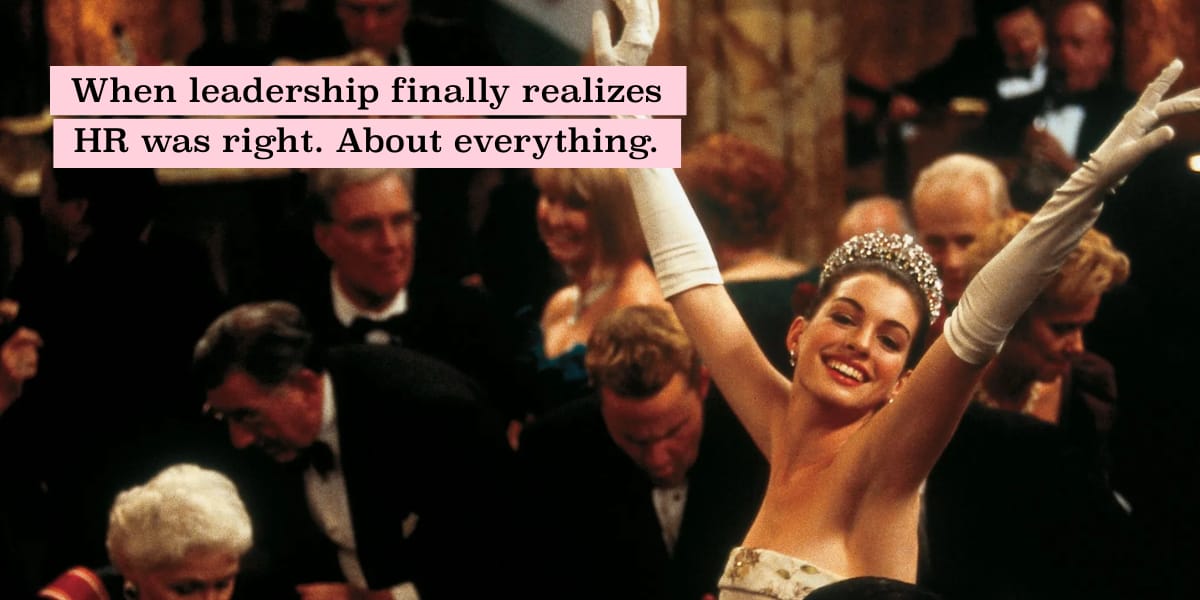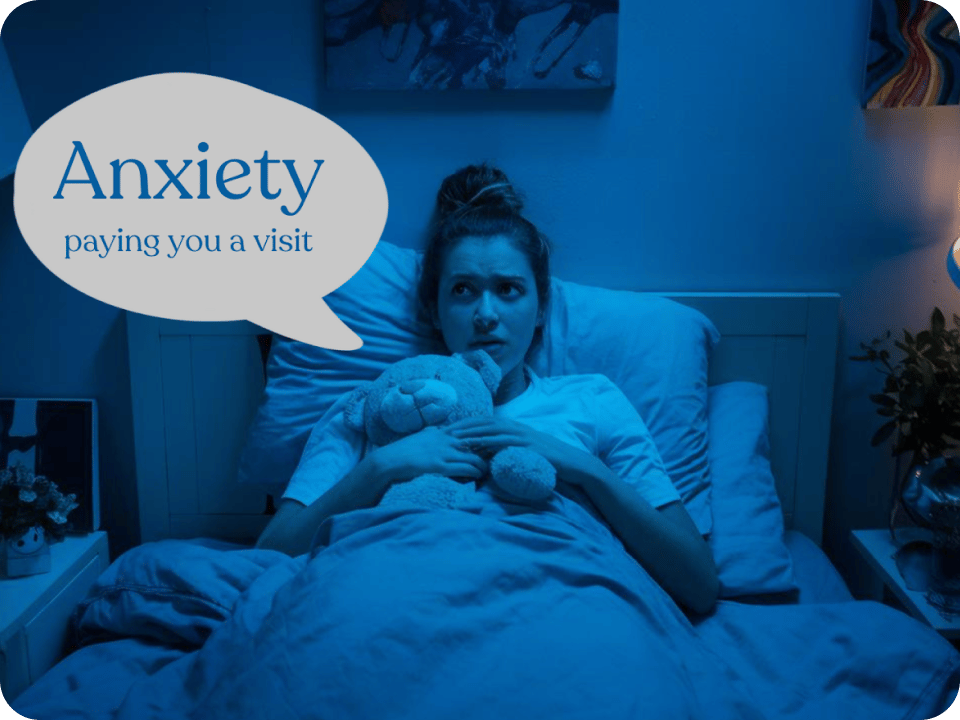Welcome to Wisdom & Sol! If you haven’t subscribed, join our community of 82,706 intelligent, curious folks who want to boost their emotional well-being by subscribing here.
How ‘One Bad Thing’ Turns Into ‘Everything Is Dangerous’

When something bad happens, your brain doesn’t forget. In fact, it says, “Okay, that was bad. We're going to avoid that.”
The hard part is when too many things fall into that category. Sure, if a dog bites you, you'll be careful around other ones. But an anxious brain wants you to be careful around everything—and it happens after just one bad experience. It can be exhausting.
In real life, it looks something like this:
Normal response: Dog bites you at your friend's house → Avoid that specific dog
Anxious response: Dog bites you at your friend's house → Avoid all big dogs, that friend's neighborhood, maybe going to anyone's house alone, possibly all dogs, perhaps any situation with animals . . .
When we’re feeling anxious, we tend to generalize fear. That overgeneralization creates more anxiety triggers which feeds the loop and increases worry.
Why ‘Just Stop Worrying’ Misses the Point
I’ve lost count of how many times someone has told me “just stop worrying.”
The problem with that advice is I’m willing to stop worrying and I’ve put in plenty of effort to do so. The problem is more about control. When anxiety is present every day, your brain loses the ability to stop worrying. The smallest things can set off anxiety, then it’s so easy to get caught in a spiral. You end up stuck in an endless worrying loop in your head. It feels automatic.
When most people experience something bad or scary, there’s an internal response of, “That happened, but it’s OK.” They think through the issue, maybe make a plan for how to deal with the aftermath, and move on.
But with someone who is anxious, the process doesn't work the same way. They are in fear and never stop thinking. They’re always searching for a way to find complete certainty about a situation. Since that's literally impossible, the worry never ends.

What Everyone Gets Wrong About Anxiety (Including Therapists)
For years, I thought I was just “too sensitive” or “too worried.” My definition of anxiety was just having too much fear, and that I simply needed to be braver.

I was wrong. The real problem wasn’t the amount of fear but in the disconnect in the way my brain learns and makes decisions.
Your brain’s first priority is to make sure that you are safe. To do this, it's constantly estimating scenarios and probabilities (How likely is danger?), calculating costs (How terrible would it be?), imagining the future (What could go wrong?), and deciding when to stop planning (Have I thought this through enough?).
But in an anxious brain, those settings change and negative bias is added to the thoughts.
It leads to inflated fear about everything. You predict the future so much that you get stuck in a loop that revolves around the worst-case scenarios. Your brain serves up endless what-if scenarios and no amount of planning ever feels sufficient.
And here's what makes it so exhausting: Your brain thinks it's helping you with all of that analyzing and worrying and planning. It genuinely believes that's what's keeping you safe. But by creating more anxiety triggers and maintaining constant worry, the processes prevent you from seeing that most things are actually okay.
As a result, you get trapped like this: You avoid the thing that feels scary → You miss the chance to learn that it's fine → Your brain continues believing it's dangerous → You avoid even more things → The world feels smaller and scarier.
How to Actually Retrain an Anxious Brain
If breaking the loop of worry and avoidance feels impossible, Sol TV creator Marta Melinda can help. She says that our brains can relearn safety, even after the hardest experiences. One helpful treatment is CBT (Cognitive Behavioral Therapy), which works because it doesn’t force you to “just get over it.” Rather than asking you to “tough out” your fears, CBT gently invites you to reframe them. After a rough experience with a dog, you might start by spending a quiet moment near a friendly, gentle pup. You notice what comes up, watch those feelings pass, and begin to see that you’re safe. As you repeat that, little by little, your brain updates the story and slowly, what felt impossible will get easier.
Help us make this newsletter even better for you! Was this issue useful? What would you be excited to read about next? Reply to this email with your thoughts and suggestions. We read every response!
Want More: Tools to Manage Anxiety
This Edition’s Sponsors: I Hate It Here and Superhuman AI
The best HR advice comes from those in the trenches. That’s what this is: real-world HR insights delivered in a newsletter from Hebba Youssef, a Chief People Officer who’s been there. Practical, real strategies with a dash of humor. Because HR shouldn’t be thankless—and you shouldn’t be alone in it.
The Gold standard for AI news
AI will eliminate 300 million jobs in the next 5 years.
Yours doesn't have to be one of them.
Here's how to future-proof your career:
Join the Superhuman AI newsletter - read by 1M+ professionals
Learn AI skills in 3 mins a day
Become the AI expert on your team
Along the Same Lines…
We love you,
Mona & The Sol TV Team ❤️
Lastly, some housekeeping…
If you can't find the newsletter, check your spam folder. If it’s there, mark it as “not spam.”
Whitelist our email. Add our email address [email protected] to your contacts list or your Primary inbox in Gmail.




